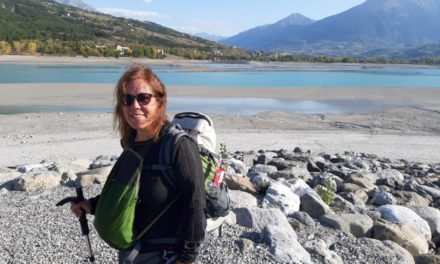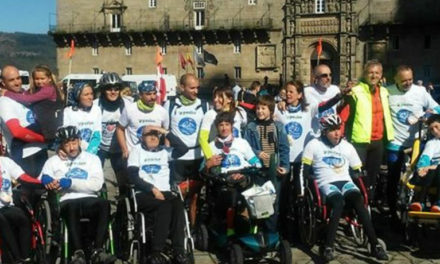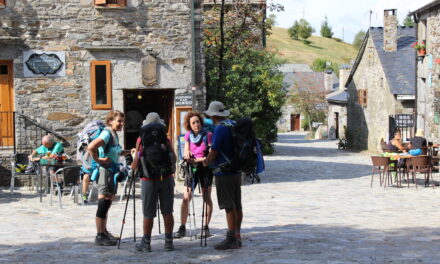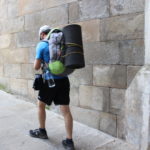The Camino de Santiago is full of alternatives for sleeping, many of them with very similar prices, that’s why it is not so easy to just recommend the hostels as the only specific accommodations for pilgrims. Along the main routes of the Camino de Santiago the modern hostels and the traditional pensions offer competitive prices and, outside of the big cities, their users are mainly pilgrims.
Undoubtedly the best option when choosing an accommodation is to take into account the personality and situation of each pilgrim, the type of Camino you want to make; but it is also important to know in a general way some services offered, and also the advantages and disadvantages of the different types of accommodation, starting with the albergues.
The albergues are the lodgings most used by pilgrims. They are designed specifically for them,they are to be found in all the guides and are undoubtedly very recommended and full of advantages. Of course, the pilgrim should know that despite bearing the same name there is a wide variety of albergues: some belong to public administrations (municipalities, autonomous communities), others to religious organisations (parishes, monasteries) and many of them are privately owned, which gives rise to a great diversity of prices and services.
The most outstanding aspect for the pilgrims is that the albergues allow them to feel immersed in the Camino, to meet numerous pilgrims and share their experience with them. In the albergues the pilgrims socialize, but they do it in a “pilgrim” way, that is, not so much on the side of the activities and sprees that the urban hostel promotes, but as sharing experiences, advice, listening to others…
In many cases the albergues have services that favor these social experiences, especially when they offer the possibility of being able to cook your own food or sharing that which is prepared by their “hospitaleros” or managers.
Among the services of great importance to pilgrims, almost all albergues have washing machines and dryers (services which it must be paid for) and, in general, those who work in them usually have a lot of information and knowledge of the Camino, being able to solve the doubts and questions of any pilgrim. On the other hand, ever increasingly more albergues have good Wi-Fi connection, Internet access services and possibilities to load your own mobile devices.
Another very advantageous aspect is the price, they are usually low, even in the case of private hostels, constituting – in general – the cheapest option for the pilgrim. The cheapest are usually the public, mostly municipal, with a price of about € 6 per night. In the case of the private ones, the prices are somewhat more expensive, generally between € 12–15. In addition, there are still some donation albergues, most of them from associations of pilgrims or religious (parochial or monasteries), but they are not many and in high season they are usually very full.
Along with all these advantages there are some aspects that, although for many are part of the “essence” of the Camino, for others it can be a great inconvenience. The main one is the communal nature of their bedrooms, which sometimes have a large number of bunk beds. This aspect is central in the case of pilgrims who cannot easily sleep in environments where noise and movement are practically the norm. To say that some of the most famous hostels on the Camino have chosen, when availability allows, to offer dormitories for “snorers” is very clear on this point.
But the main problem with the albergues is not derived from their arrangements so much as from the availability: in high season the available beds are occupied very quickly. This problem is particularly important in the case of public albergues, where almost all beds are occupied soon after opening time, leading to the famous ‘races’ to arrive as soon as possible at the end of the stage. For this reason, it is essential to take advantage, whenever this option exists, of the possibility of making an online reservation. In private albergues the problem is usually not so serious, although in high season and very busy stretches of the Camino is also necessary.
On the other hand, the services offered are very focused on the needs of the pilgrims, but they cannot offer any luxury service, which includes the absence of bed sheets. Furthermore, single bathrooms should be available but are not guaranteed.
Likewise, in the specific case of pilgrims this means that most of the albergues allow only one night’s stay and have very restrictive schedules: they do not usually open until midday – 14pm, and they remain open and accessible only until 10pm and usually require the pilgrim to leave them before 8pm the next morning. However, some private, and even public, hostels offer the pilgrim the possibility of entering after the official closing time.










